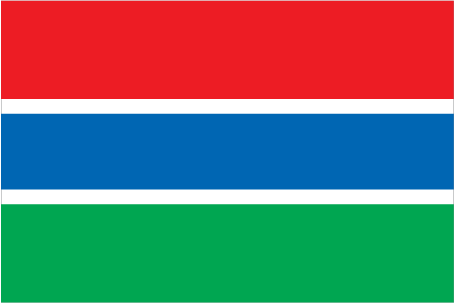To help inspire or plan your trip to Gambia, some of its major attractions
for travellers are shown below, including some of the best natural, historical, cultural and adventure sites in the country.
These include all of UNESCO World Heritage Sites for Gambia which represent the best
of the world's cultural and natural heritage.
Click on the icons below to focus on specific types of features
(click again to return to all).
|
|
|
|
|
|
|
|
|
|
|
|
 |
|---|---|---|---|---|---|---|---|---|---|---|---|
| Natural | History | Wildlife | Trekking | Cities | Religious Monument | Boat Journey | Rail Journey | Diving | Cultural | Adrenaline | UNESCO WHS |
| James Island | |
|---|---|
James Island is located at the mouth of the Gambia River. Along with related sites along the Gambia River, it played a key role in European colonisation and exploitation in Africa, particularly in relation to the slave trade. The ruins on James Island include a fort, slave house and governor's kitchen. UNESCO World Heritage Site: James Island and Related Sites | |
| Stone Circles of Senegambia | |
|---|---|
The stone circles of Senegambia comprise 93 separate circles along 350 kilometres of the River Gambia. They are clustered into four main groups - Wassu, Wanar, Sine Ngayene and Kerbatch. Each circle contains between 8 and 14 stones, cylindrical or polygonal in shape, between 1 and 2.5 metres high and weighing up to 7 tonnes. They are thought to be dated between the third century BC and the sixteenth century AD though little is known about the society that produced them. UNESCO World Heritage Site: Stone Circles of Senegambia | |
| Kiang West National Park | |
|---|---|
Kiang West National Park is one of the largest protected reserves in Gambia and is home to a diverse range of species such as colobus monkey, baboons, bushbuck and marsh mongoose. | |
| Baobolong Wetland Reserve | |
|---|---|
The Baobolong is a tributary of the Gambia river and this reserve is an excellent spot for birdwatching boasting over 250 species. | |
| Gambia River Cruise | |
|---|---|
The River Gambia bisects the country as it flows along its entire length for 500 kilometres. A river cruise along it is an excellent way to see much of the country, from its natural features to wildlife and by visiting villages along the riverbanks. | |


